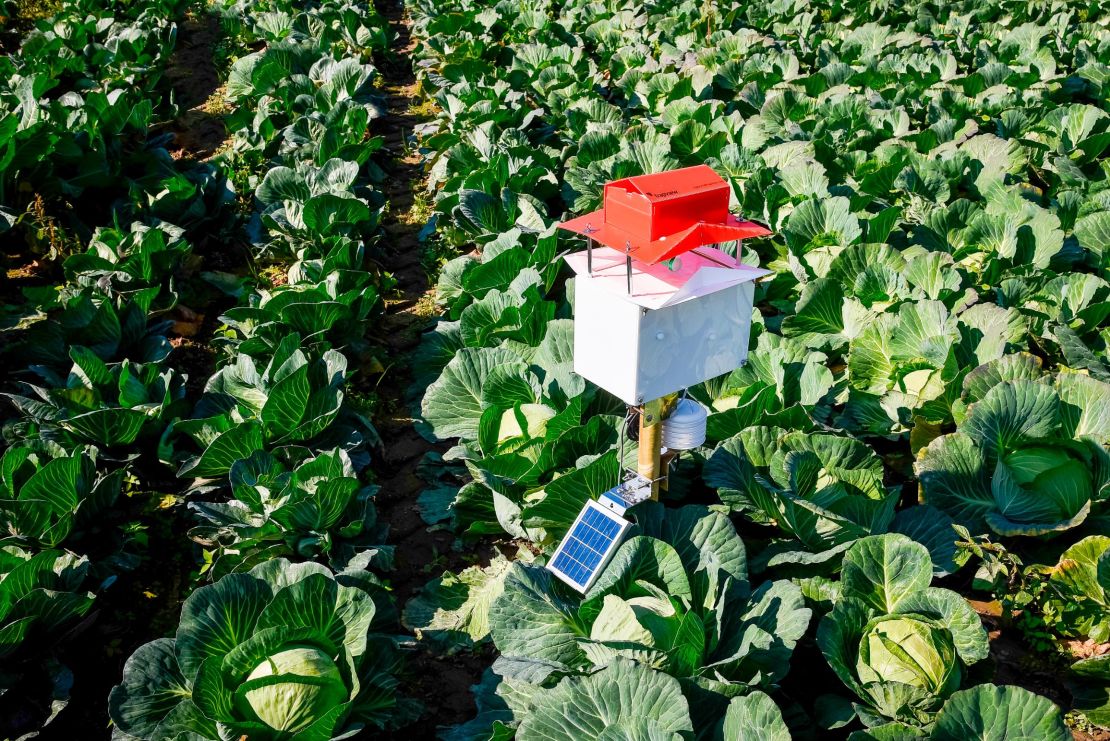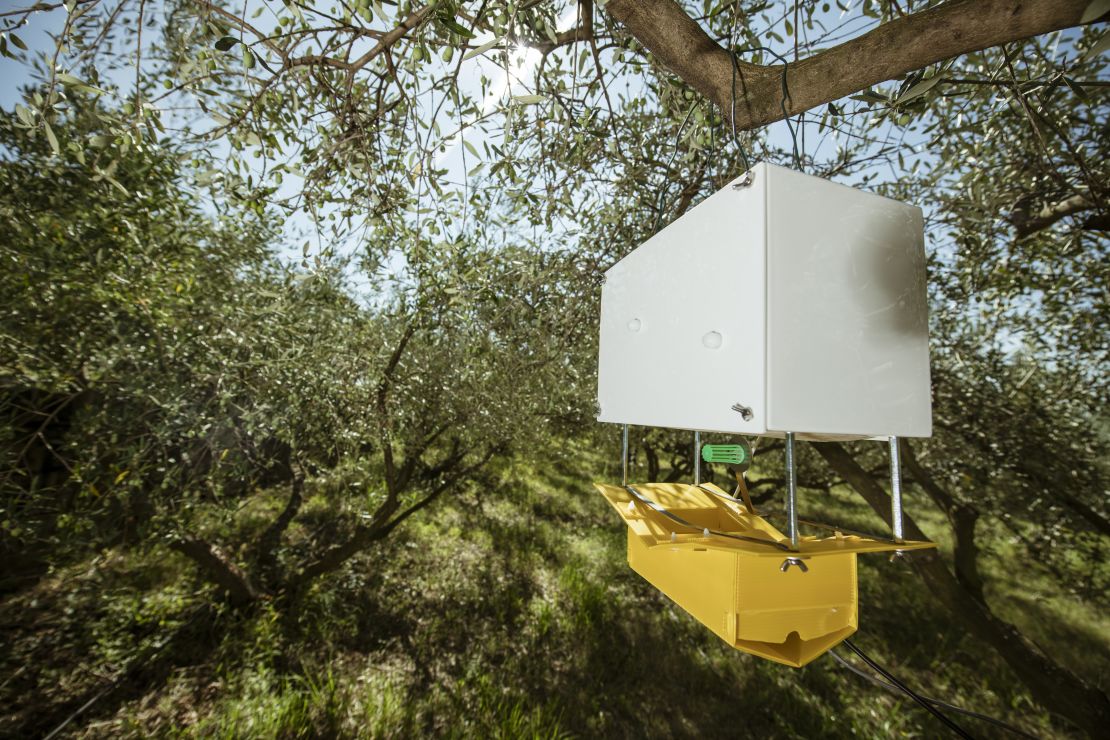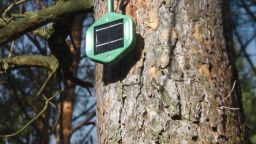Pests destroy up to 40% of the world’s crops each year, causing $220 billion in economic losses, according to the UN Food and Agriculture Organization (FAO). Trapview is harnessing the power of AI to help tackle the problem.
The Slovenian company has developed a device that traps and identifies pests, and acts as an advance warning system by predicting how they will spread.
“We’ve built the biggest database of pictures of insects in the world, which allows us to really use modern AI-based computing vision in the most optimal way,” says Matej Štefančič, CEO of Trapview and parent company EFOS.
As climate change causes species to spread, and disrupts the migration patterns of highly destructive pests, such as desert locusts, Štefančič hopes to help farmers save their crops with quicker, smarter interventions.
Targeted interventions

Trapview’s devices use pheromones to attract pests, which are photographed by a camera inside. AI cross-references the images against Trapview’s database, and is able to identify over 60 species, such as the codling moth, which afflicts apples, and the cotton bollworm, which can damage lettuce and tomatoes. Once identified, the system incorporates location and weather data, maps out the likely impact of the insect and sends the findings to farmers via an app.
Depending on the terrain and value of the crop, a single trap could cover an area of a few hectares to more than 100, according to Štefančič. Devices come in various shapes and sizes, with the system tailored to crops and landscapes. Štefančič says a single insect can sometimes be cause for alarm. In other cases, hundreds of insects can be captured and still be no reason for concern.
Trapview’s app is also able to calculate where and when best to use pesticides. Štefančič says that Trapview can significantly reduce the use of chemical sprays and the need for farmers to visit their fields. By reducing the emissions generated by farmers driving to their fields, and those associated with the production and transportation of pesticides, the technology can also help the climate, he claims.
Fewer pesticides

“Any agritech and AI that can help meet the challenges of the global food crisis are a good thing,” says Steve Edgington, biopesticides team leader at the Centre for Agriculture and Bioscience International, a nonprofit intergovernmental organization.
Around 2 million tons of pesticides are used each year, Edgington explains.
“It is very important to reduce the amount of pesticide use on agricultural land if we are to produce food sustainably and amid the challenges of pests and diseases and climate change,” he adds.
Trapview currently employs 50 people, and received $10 million in investment in September. It’s not alone in using AI to help pest control. Pessl Instruments has developed iScout, a solar-powered insect trap and camera identification system, while FarmSense’s FlightSensor listens for pests and uses AI to identify them via the sound of their wings beating.
Solutions like Trapview’s represent a shift away from conventional pest management, which is typically based on reactive, rather than proactive approaches, according to Buyung Hadi, agricultural officer at the FAO.
“Predictive technologies can facilitate the transition to more sustainable crop protection if coupled with solutions that are safe and sustainable, such as biological control,” Hadi says, while cautioning that the quality of data from these technologies is key.
“Great care must be taken in formulating the messages and recommendations coming out of predictive technologies so that they don’t create panic among farmers that may trigger the very indiscriminate pesticide use that we’d like to avoid in the first place,” he adds.
Trapview says it has sold over 7,500 devices in more than 50 countries since it launched in 2012. It has focused on Italy, France, Spain, the United States and Brazil, targeting crops as varied as grapes, tomatoes, olives, tree fruits, brassicas, cotton and sugarcane.







